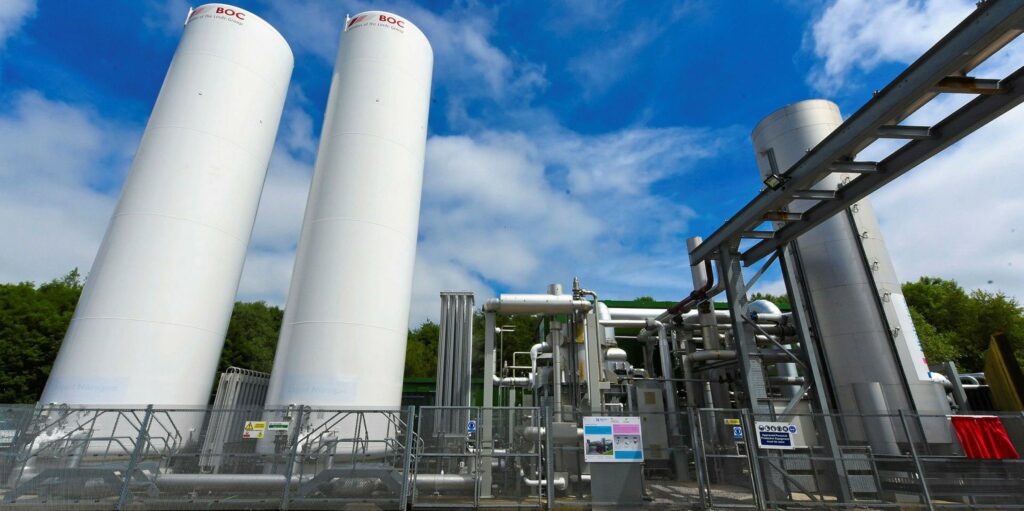Old Rocks
Diamond Member
Now we have the first plant in operation, and will be able to judge how efficient this storage method is;
Follow along with the video below to see how to install our site as a web app on your home screen.

Note: This feature currently requires accessing the site using the built-in Safari browser.



 www.sciencedirect.com
www.sciencedirect.com

 www.renewableenergyworld.com
www.renewableenergyworld.com
 phelas.com
phelas.com

Now we have the first plant in operation, and will be able to judge how efficient this storage method is;
Batteries are ideal for balancing the grid and quick response. Pumped hydro is great for long term energy storage. And there are many other methods that also have their own advantages. There is no reason to just consider only one type, or not use more than one type of storage in tandem with another.Batteries are definitely not the ideal storage method
First of all, the energy input is from solar or wind that would otherwise be idled because it was not needed at the time. Second, a natural gas plant is a fossil fuel plant, and that is what we need to get rid of. You fellows really seem to be a bit dense.The video doesn't address the energy inputs required to operate the plant on a continuous basis. Nor does it address the facility's true carbon footprint, from concept to design to manufacture to transport to assembly to operation and maintenance to decommission to ultimate disposal.
This very same thing can be accomplished with compressed natural gas (CNG) of which there is plenty available today. And it can be done with virtually zero input loss due to recapture, recompression, and reuse.